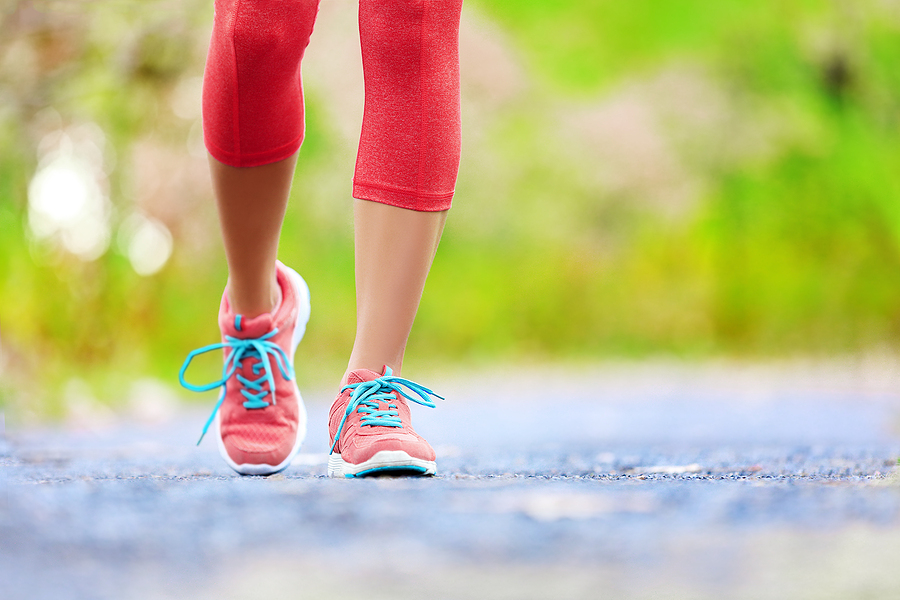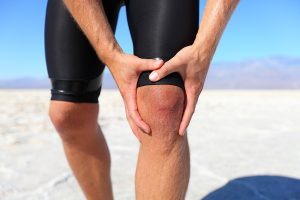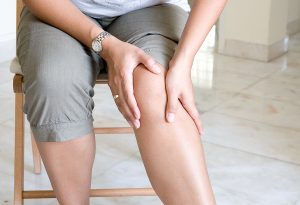It’s been a long practice or game and your feet are killing you. One stabbing pain is all it takes to lead to a serious injury. You jump up to make a catch, come down to a foot cramp in your arch, and roll your ankle. It doesn’t have to be that way. Proper footwear is essential when it comes to preventing sports injuries.
Never underestimate the importance of athletic shoes that do more than fit correctly. They need to provide the stability your foot needs for every jump, step, or twist. Premium Sports and Orthopedics covers what you should look for in the shoes you wear during a game, practice, and daily life.
Understanding Your Foot’s Anatomy and Biomechanics
Here are a few facts you may not realize. Your foot has 112 ligaments, 33 joints, and 28 bones that are controlled by 34 muscles. Together, these muscles and bones do the following every day:
- Absorb shock when jumping, running, or walking.
- Compensates for misalignment in other areas of the body, such as an ankle, knee, or hip.
- Help you balance.
- Support your weight.
- Transfer the force appropriately as your foot meets the ground, which helps provide the power to complete whatever action you’re doing.
When you’re playing a sport, your feet take a lot of abuse as they absorb shock as you sprint or jump and land on the field or playing surface. Your feet help propel you into the air as your toes flex and push off the ground in preparation for a leap over an obstacle or to catch something out of reach. They also support you when you’re standing still waiting for the next play or to get out onto the field or court.
The Value of Supportive Athletic Shoes
This is where athletic shoes help immensely. They can add additional cushioning and support that keeps the joints stable through the different movements you make. Shoes help with:
- Cushioning: The midsole of a shoe has a supportive padding made of gel or memory foam that helps absorb impact and lessens the amount of force sent to your foot. When there’s too much force hitting against your foot, plantar fasciitis, shin splints, and stress fractures are possible.
- Motion Control: Sneakers with motion provide ample midsole support and heel cup support.
- Stability: Stability shoes support the arch of the foot and the foot’s midsole area.
When you wear shoes that are not the perfect fit or lack the features your foot needs for optimal performance, the risk of athletic injuries increases. Poor-fitting or unsupportive shoes often lead to these injuries.
- Achilles Tendinitis: Your Achilles tendon connects your heel and calf muscles. If the tendon becomes inflamed, pain and stiffness in the back of the heel are possible.
- Ankle Sprains: Sneakers that don’t properly support your ankle joint can cause a rolled ankle that stretches ligaments and creates a sprain.
- Knee Pain: When you have a foot health issue like overpronation, excessive strain on the knee joint is possible. This leads to knee injuries and pain that can make it hard to stay in the game.
- Plantar Fasciitis: The plantar fascia is a ligament that runs from your heel to the toes. When it’s strained and inflamed, heel pain is likely.
- Shin Splints: One of the leading problems with improper sports footwear is shin splints. They’re tied to overuse and repetitive movements where shoes are not supportive enough.
- Stress Fractures: If you keep running, jumping, or walking on shoes without enough cushion, bones in the foot and lower leg may develop hairline fractures.
Tips for Choosing the Best Athletic Footwear
Those are the common injuries caused by wearing the wrong types of athletic footwear. How do you choose the best shoes for the sports you play?
Activity Type
What sport are you playing? Tennis sneakers need to be able to grip the surface and allow for fast movements, while basketball sneakers need adequate ankle support for fast turns and jumps. Runners need ample cushioning to lessen the force each stride has as the heels and toes strike the pavement or gravel.
Fit
The shoe must fit well. After a full day of activity, your feet will be slightly swollen. You don’t want to pick shoes that fit perfectly in the morning and have them cramping your toes or heel by the end of the day. Aim for sports shoes that leave plenty of room for your toes to move around and a heel that supports without rubbing and causing blisters.
Foot Type
No one has the perfect foot. An estimated 77% of Americans have overpronation and need shoes that focus on stability or risk injury. A smaller percentage have underpronation. Look at the wear on a pair of shoes you wear daily to see what type of foot you have.
- Overpronation – Your foot tends to land on the outer edge of the heel with each step and rolls inward. Your shoes show more wear on the inside section of the sole.
- Underpronation (Supination) – Your foot lands more on the inner edge of the heel and rolls outward. Your shoes show more wear on the outside section of the sole.
The height of your arch is another aspect of foot type to consider. A low or flat arch needs shoes that provide stability for the arches.
Shoe Wear
Make sure you’re paying attention to how many miles you’ve put on the shoes you wear. Most running shoes need to be replaced at least twice a year. If you use your shoes every day, more frequent replacement is needed. Check the treads and cushioning to see if there are visible signs of wear.
Type of Playing Surface
What is the playing surface you spend time on? If you’re a cross-country runner traveling into the woods and on forest trails, you need sneakers that provide traction on dirty, wet leaves, and mud. If you play basketball, you’re on a wood or concrete floor for practices and games. You need shoes that provide a lot of cushioning to lessen the impact as your foot hits the floor.
The Benefits of Modern Technology in Sports Footwear
With advancements in technology, shoes are more supportive than ever before. Some of these advancements help find the best shoes for the sports you play.
- 3-D printed midsoles take your foot and develop custom midsoles for your athletic footwear.
- Advanced cushioning using materials like air cushioning or EVA form provides the best shock absorption without sacrificing comfort.
- Carbon fiber plates provide reliable, durable support that improves jumping or sudden takeoff from a standing position.
- Smart shoes also exist and study your movements and foot biomechanics that you can look at and determine what, if anything, you could change to improve your gait or movements to lessen the risk of injury. Nike HyperAdapt 2.0 can also tighten your laces for the perfect fit.
Safety Covers What Footwear Doesn’t
Well-fitting, supportive athletic footwear is crucial. However, it’s not the only thing you can do to avoid common sports injuries.
- Consult a sports and orthopedics doctor if you’ve experienced injuries in the past to make sure your body is ready to handle the required movements.
- Listen to your body’s need for rest and recovery. If something hurts or you feel a sudden snap or twinge, stop and see a doctor.
- Make sure you warm up before a game or practice and cool down after.
- Train gradually to avoid overuse injuries.
- Work on muscle-strengthening activities to make sure your muscles are fully supporting your joints.
Participating in sports is a great way to improve your physical and mental health. However, you need to do it wisely. With the best sports sneakers and a well-rounded training routine, you can prevent many of the common sports injuries.
Premium Sports and Orthopedics is here for you. Whether you need to lose weight and gain muscle or you’ve experienced injuries in the past and don’t want to reinjure yourself, give us a call. We’ll help you play your favorite game without getting hurt.







